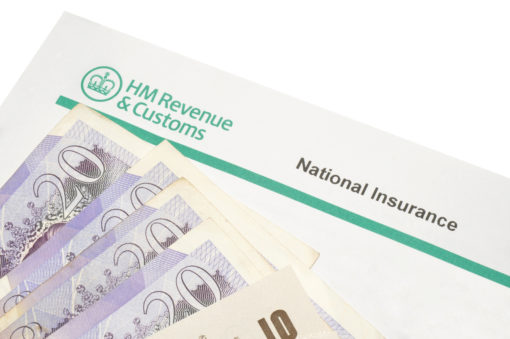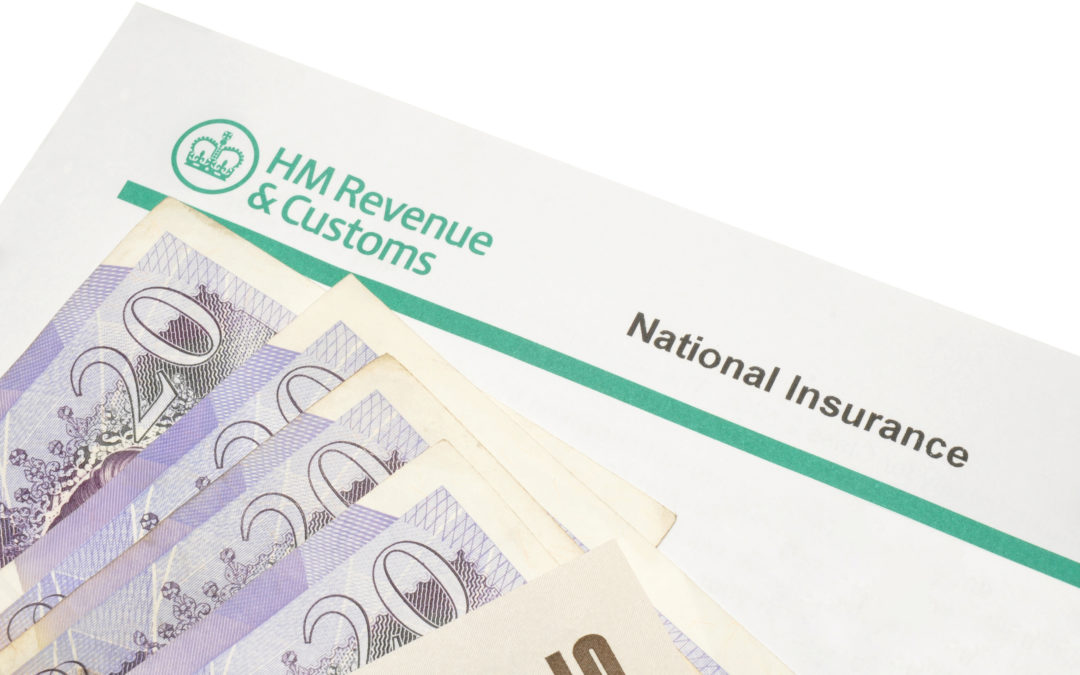What do you need to do ahead of April’s rise in NIC?

Some MPs have called for it to be scrapped. Some care home bosses have called for a rebrand in case the NI rise damages the reputation of the healthcare sector. But according to Boris Johnson and Rishi Sunak, it’s still all systems go for the introduction of the Health and Social Care Levy in April. Now HMRC has published guidance for employers and employees.
What is the Health and Social Care Levy?
The new levy effectively applies from 6 April 2022. For administrative and logistical reasons, it will start life as an increase in employer Class 1, employee Class 1, Class 1A, Class 1B and Class 4 National Insurance contributions of 1.25%. Then, on 6 April 2023, that rate will drop back to its present rate and the 1.25% will be collected as a new and independent tax at the same rate.
NI rise – what do employers need to do?
If you currently pay Class 1, Class 1A or Class 1B National Insurance contributions, you’ll need to pay the NI increase from 6 April 2022. Next year you’ll need to pay the levy instead.
If you currently qualify for employer reliefs (for example, because some employees are apprentices under 25, apprentices under 21, armed forced veterans of employees working in Freeports) those reliefs will remain. You can find more by following the links for each.
What do employees need to know?
As we reported last year, HMRC is asking that all payslips be amended to carry the following message:
‘1.25% uplift in NICs, funds NHS, health & social care’.
Despite this addition to payslips, there’s a significant chance that some employees
a) won’t read it,
b) won’t be aware of the NI rise
c) won’t join the dots connecting the message to their 1.25%-lighter salary.
For that reason, and to avoid a flurry of queries post-6 April, HR and payroll departments should consider raising awareness among staff via email, intranet, posters or the old fashioned but effective route of talking to people. Perhaps one of the most important things to communicate will be the difference employees will see in their pocket.
The Week has helpfully illustrated how the changes will affect take-home earnings, according to analysis by Hargreaves Lansdown:
- £10,000 salary: £52 paid now; £57 with 1.25% increase – £5 extra each year
- £20,000 salary: £1,252 paid now, £1,382 with 1.25% increase – £130 extra each year
- £30,000 salary: £2,452 paid now; £2,707 with 1.25% increase – £255 extra each year
- £40,000 salary: £3,652 paid now; £4,032 with 1.25% increase – £380 extra each year
- £50,000 salary: £4,852 paid now; £5,357 with 1.25% increase – £505 extra each year
Something else to highlight to employees is how they may be affected if they are of state pension age. Rules differ between this year and next, and depending on whether earnings are above or below the NI primary threshold. For more, point staff in the direction of HMRC guidance.
What do I need to do if I outsource payroll?
If you outsource your payroll, your provider should adjust the NIC rate and attach the new rider to payslips without any action on your part.
You should, however, still ensure that your staff are aware of the changes taking place.
To make managing the Health and Social Care Levy (and many other things) easier, talk to us about outsourcing your payroll on 01276 805 844 or contact us.

